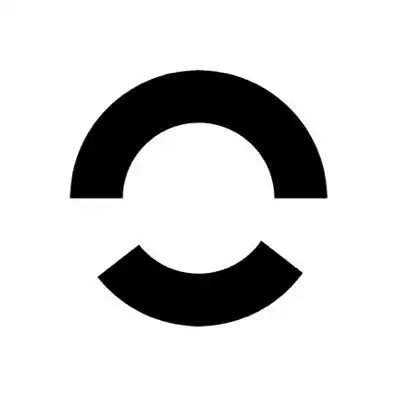What is a Trend Line in a Graph?

Understanding Trend Lines in Financial Graphs
The world of financial trading, including cryptocurrencies, is riddled with complexities and nuances that can astound even seasoned investors. One of these elements is the concept of a trend line. So, what is a trend line in a graph, and why does it matter so much in financial trading? A trend line is a fundamental tool that helps to simplify and interpret market data. By utilizing trend lines, traders can navigate the volatile waters of financial markets with more precision and confidence.
Defining Trend Lines
A trend line in a graph is a straight line that connects two or more price points on a chart and extends into the future to act as a line of support or resistance. In the context of financial markets, trend lines are employed to identify and confirm trends, helping traders determine whether the market is bullish, bearish, or ranging. By doing so, they gain insights into potential future price movements.
How to Draw a Trend Line
Drawing a trend line is more of an art than a science. To draw an effective trend line, you need a few key price points. For an upward trend, you'll connect two or more rising lows, and for a downward trend, you'll connect two or more descending highs. The more points a trend line passes through, the more reliable it is considered to be. However, it’s crucial to avoid forcing a line to fit the data; instead, let the market dictate the course of your trend line.
Importance in the Crypto and Blockchain Industries
Cryptocurrencies, being highly volatile, benefit immensely from analysis tools like trend lines. Traders use them to forecast price movements and identify potential entry and exit points. In the crypto market, where prices can swing dramatically within a short time, having a clear indication of the trend can be the difference between profit and loss.
Trend Lines in Action
Imagine you’re analyzing a Bitcoin chart and notice it's forming a series of higher lows. By connecting these lows with a trend line, you can ascertain the support level, showing when buyers are stepping in to push the price up. Conversely, a trend line on descending highs indicates resistance levels, revealing where sellers dominate.
Dynamic Nature of Trend Lines
Trend lines are not static. As market conditions change, new data may require the adjustment of these lines. The dynamic nature of the financial markets means that consistent reevaluation is necessary. Sometimes, what begins as a strong trend line may need redrawing as new patterns emerge.
Combining Trend Lines with Other Tools
Though powerful on their own, trend lines are most effective when combined with other technical analysis tools, such as moving averages, volume indicators, and candlestick patterns. This combination helps to achieve a more comprehensive analysis and enhances prediction accuracy.
Trending Platforms and Tools
When it comes to drawing trend lines, using reliable trading platforms is essential. Bitget Exchange provides excellent tools to apply trend lines seamlessly with other charting features. Likewise, having a secure and efficient crypto wallet like the Bitget Wallet is crucial to managing your crypto trades effectively.
Challenges and Misconceptions
Traders new to the concept of trend lines might find their subjective nature challenging. It's common to feel uncertain when determining which points to connect or when a trend line should be adjusted. Some misconceptions include over-relying on trend lines and considering them as precise predictors of future prices rather than one of many analytical tools.
The Future of Trend Lines in Financial Analysis
As the financial world continues to embrace technology, trend lines will evolve. The integration of artificial intelligence and machine learning in trading platforms might soon enable automated trend line adjustments, offering even more accuracy in market predictions.
Adapting and Evolving
Whether you are a novice or an experienced trader, understanding trend lines can elevate your trading strategy. These lines serve as a testament to how simple tools can wield enormous power in prediction and strategy formulation. Dive into the world of trend lines, and you'll discover a realm where subtle mastery leads to significant gains. Using trend lines correctly can potentially be your gateway to mastering the art of trading in the dynamic world of financial markets.






















